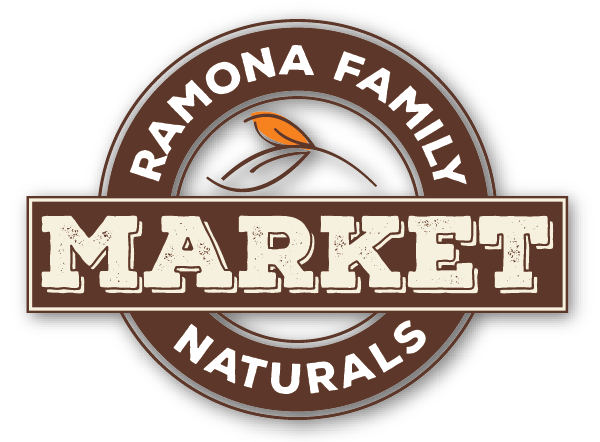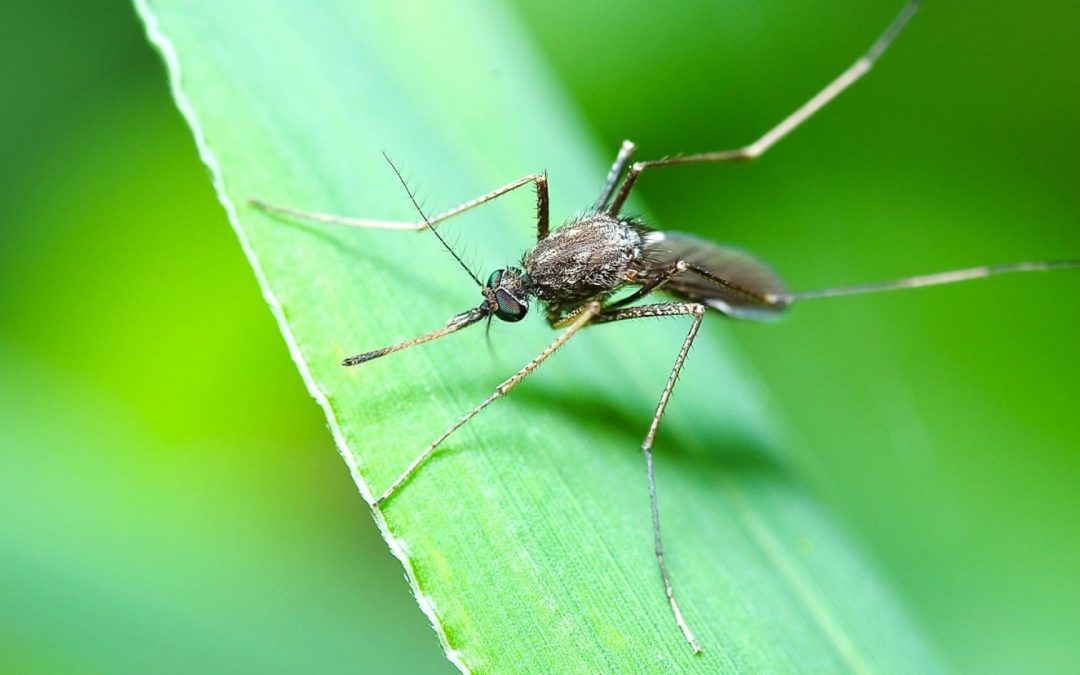Natural Mosquito Repellents
Natural citronella has gone mainstream: you can find citronella mosquito repellents everywhere. But the best natural insect repellent may be yarrow extract (Phytomed 1998;5(4):311-23). The same study that ranked yarrow number one also found citronella and eucalyptus oils to be effective and lemongrass to be 85% effective as a mosquito repellent. A study of over 4,000 natural compounds found lemongrass to be the very best (Greenhouse Management and Production 1999). A third study also found lemongrass to be extremely effective (Acta Trop 2015;142:127-30). This study also found the essential oil ylang ylang to work very well. The essential oils were put in a carrier of coconut oil, soybean oil or olive oil. A study that looked at the Aedes aegypti mosquito that carries dengue fever found citronella and cinnamon essential oils to be effective. The most effective essential oil against this strain of mosquito was the little known litsea essential oil (J Athropod Borne Dis 2016;10(3):370-380). While the Aedes aegypti mosquito carries dengue fever, it is Anopheles stephensi that carries malaria. When a study looked at these 2 mosquitoes as well as the Culex quinquefasciatus, whose bite can cause encephalitis, the most effective essential oils included litsea again as well as cajeput, violet and catnip (Parasitology Research 2006;99:478). A study that put essential oils on people’s forearms under laboratory conditions found that undiluted clove essential oil provided 100% repellency against 3 species of mosquito for 2-4 hours (Phytother Res 2005;19(4):303-9), which is a very impressive result. Another study suggests that the essential oils of turmeric and citronella are effective (J Vector Ecol 2001;26(1):76-82). One study actually suggests that the essential oil and extract of turmeric may be comparable to DEET (J Med Entomol 2015;52(5):979-86). A recent laboratory study suggests that fatty acids from coconut oil is a stronger and longer lasting repellant than DEET and that it works against mosquitoes and ticks (Sci Rep. 2018 Sep 19 ;8(1):14053). Carrot seed essential oil may also be effective (J Am Mosq Control Assoc. 2018 12;34(4):272- 280). And one study found that celery extract is remarkably effective when applied to the skin (Trop Med Int Health. 2005 Nov;10(11):1190-8). Neem oil may also be effective (J Insect Sci. 2019 Nov 1;19(6)).
Malaria
For protection from malaria, you should know about a species of the herb wormwood called Artemisia annua, or Sweet Annie. Artemisia annua has a 2,000 year history of use that is backed up by a growing body of research. It has demonstrated a greater than 95% malaria cure rate in small studies with the increasingly important advantage that drug resistance was 3 times greater with the artemisinin drug. A controlled, unblinded study found that Artemisia annua tea is as effective at symptom relief as quinine and effective, but not as effective, at completely curing the malaria (Trans R Soc Trop Med Hyg 2004;98:318-321). Now, Sweet Annie has been put to its most important test. A double-blind study compared Artemisia annua to an African species of wormwood known, very imaginatively, as African wormwood (Artemisia afra), and to Artemisinin Combination Therapy, a combination of artemisinin, an active ingredient in wormwood, and antimalarial drugs. The study included 943 children and adults with malaria. The study did not include people whose malaria was already severe. Each person was given either ACT or .33 litres of tea made from one of the two wormwoods every 8 hours for 7 days. The tea was made from 5g of dried leaves and twigs that were steeped in boiling water for 10 minutes. After one day, the parasite count went down by 85.2% in the ACT group but by 97.7% in both of the artemisia groups. In both artemisia groups, by day 2, there was a total clearance of the Plasmodium parasite that causes malaria; some people in the ACT group still had parasites until day 14. By the second day, the malaria cure rate was 34.3% on the ACT but it was 88.8% in the African wormwood group and 96.4% in the Sweet Annie group. By day 28, the cure rate for children was 49.5% on ACT, 91.2% on African wormwood and 100% on Sweet Annie. For adults, the cure rate was 30% on ACT, 90.7% on African wormwood and, again, a full 100% on Sweet Annie. In both wormwood groups, fever cleared in 24 hours versus 48 hours on ACT. The two wormwoods were not only better, they were safer: 42.8% of ACT people experienced adverse events versus only 5% of the artemisia people (Phytomed 2019;57:49-56). Goldenseal may also help, and a test tube study suggests that curcumin may inhibit the growth of malaria (Biochem Biophys Res Commun 2005;326(2):472-4). A double-blind, placebo- controlled study found that zinc combined with high doses of vitamin A significantly reduces the risk of malaria (Nutr J 2008;7:7). If you do get malaria, then, strangely, lime juice might help. A study of children with malaria found that adding lime juice to their treatment significantly sped up the time it took to reduce the load of parasites by more than 75% and significantly increased their odds of completely getting rid of the parasites by the third day of treatment (Phytother Res 2011;25(10):1547-50).
Ticks & Lyme Disease
Ticks and Lyme disease are on the rise. It is possible that herbs offer a better answer than drugs to the rising problem. Ticks are terrible little creatures that latch on to you and regurgitate bacteria into your blood that can cause Lyme disease. Lyme disease is caused by a bacteria called Borrelia burgdorferi that is regurgitated into your bloodstream by black legged ticks. Lyme disease is increasingly a problem in many areas because of climate change and changes in animal populations. It is another of those problems that is on the rise because of the way humans interact with animals and the environment. The conventional treatment is 2-4 weeks of antibiotic therapy, but that therapy is ineffective in at least 10-20% of people. The real numbers may be worse: a recent study found that 63% of people have persistent symptoms after antibiotic therapy (PLoS ONE 2015;10:e0116767), possibly leaving them with significant disability that affects their quality of life. Treating Lyme disease is especially difficult when Borrelia burgdorferi has entered a stationary phase in which they divide slowly or not at all. These slow dividing or dormant cells are called “persister cells,” and they are resistant to antibiotic treatment. Preliminary research has pointed to the possibility that a number of essential oils may kill persister cells more effectively than antibiotics. This research is very preliminary: Borrelia burgdorferi bacteria were exposed to these essential oils in the laboratory and not yet in an actual human body. So, the positive results give hope, but not a promise. Of 35 essential oils tested against Borrelia burgdorferi, 10 demonstrated significant killing activity against the tough to treat persister cells. 5 of the essential oils—including garlic, allspice, the now familiar litsea and myrrh—killed all of the stationary phase Lyme bacteria. Other essential oils that had promising performances include thyme and cumin (Antibiotics 2018;7(4):89). A 2017 study by the same researchers found that the essential oils of oregano, cinnamon, clove, citronella and wintergreen killed stationary phase Lyme bacteria more effectively than daptomycin, the most powerful antibiotic. Though still very preliminary, new research has added to this hope for a safe, natural treatment. It found that several herbal extracts are effective against persister cell Borrelia burgdorferi at least when the bacteria is exposed to the herbal extract in a test tube, which, admittedly, is very different than when the treatment is actually attempted in a human body. 7 herbal antimicrobials were very effective when compared to the antibiotics doxycycline and cefuroxime, including, amongst others, black walnut, Japanese knotweed, the now familiar Artemisia annua, cat’s claw and Chinese skullcap. Though extremely preliminary, this study adds to the hope that herbal treatments may be proven effective against Lyme disease in future studies (Front Med 2020:doi.org/10.3389/ fmed.2020.00006).
Bugs in Your Belly
If the bugs you’re worrying about while camping or at the cottage are bugs in your belly instead of flying bugs, nature has the answer to that too. Some of the best supplements to bring along include goldenseal, garlic, grapefruit seed extract and probiotics. Goldenseal is great for salmonella, shigella and cholera. It is effective for severe diarrhoea and dysentery, including when it is caused by E. coli (traveler’s diarrhoea), shigella dysenteriae, salmonella (food poisoning), klebsiella and giardia. Garlic is great for E. coli and Klebsiella.

